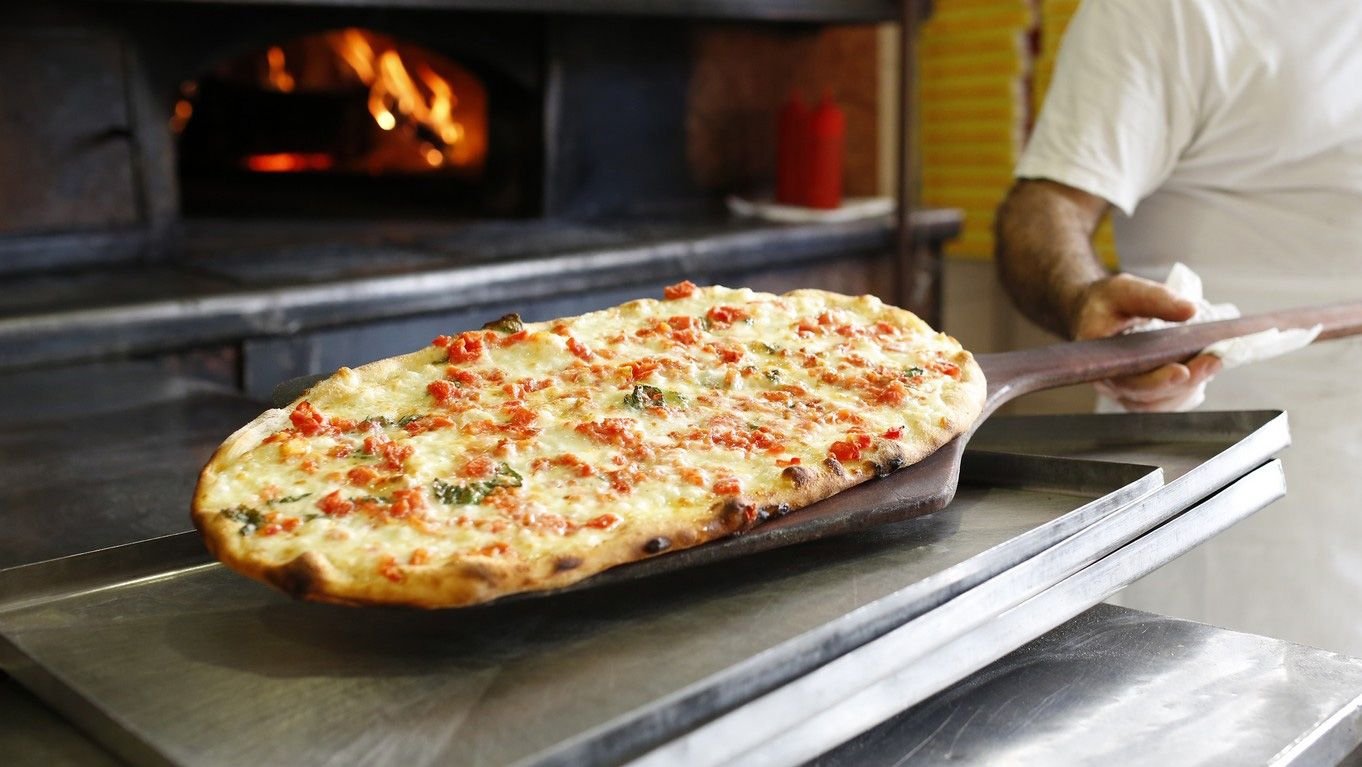Cheese is a crucial component of Italian pizza, contributing to its flavor, texture, and overall appeal. This article explores the best cheeses traditionally used in Italian pizza-making, highlighting their characteristics, regional variations, and cultural significance in crafting the perfect slice of pizza.

Importance of Cheese in Italian Pizza
Cheese plays a fundamental role in Italian pizza, providing richness, creaminess, and a savory contrast to the tangy sweetness of tomato sauce and the chewy texture of the crust. While there are many types of cheese used globally in pizza-making, authentic Italian pizzas rely on specific cheeses that enhance the traditional flavors and textures of the dish.
Traditional Cheeses Used in Italian Pizza
1. Mozzarella
Fresh Mozzarella (Mozzarella di Bufala or Fior di Latte):
- Origin: Mozzarella di Bufala comes from the milk of water buffalo raised in Italy’s Campania region. It has a creamy texture and a slightly tangy flavor that pairs perfectly with tomato sauce and basil in pizzas like Margherita. Fior di Latte, made from cow’s milk, is milder and widely used as a more affordable alternative.
Characteristics: Both varieties are soft, moist, and melt beautifully when baked, forming a creamy layer over the pizza. They contribute to the iconic stringy texture that pizza enthusiasts crave.
2. Parmigiano-Reggiano
- Origin: Parmigiano-Reggiano, also known simply as Parmesan, hails from Italy’s Emilia-Romagna region, where it’s produced under strict regulations. It’s aged for at least 12 months and up to several years, resulting in a hard, granular texture and a nutty, savory flavor.
Characteristics: Grated Parmesan is often sprinkled sparingly over pizzas just before or after baking. It adds a sharp, salty kick and enhances the overall umami profile of the pizza.
3. Pecorino Romano
- Origin: Pecorino Romano originates from Sardinia and Lazio in Italy and is made from sheep’s milk. It’s aged for several months, developing a sharp, salty flavor.
Characteristics: Pecorino Romano is grated and used similarly to Parmesan. Its robust flavor makes it a favorite topping for pizzas with bold flavors like those featuring cured meats or spicy ingredients.
Regional Variations and Uses
Naples (Neapolitan Pizza):
- Preference: Margherita and Marinara pizzas in Naples traditionally use fresh buffalo mozzarella (Mozzarella di Bufala) for its creamy texture and distinct flavor. The cheese is added in chunks or slices over a base of tomato sauce and fresh basil.
Rome (Roman Pizza):
- Preference: Roman-style pizzas often use Fior di Latte mozzarella, which melts evenly and complements toppings like artichokes, prosciutto, or vegetables. The cheese is spread evenly across a thin, crisp crust for a balanced flavor profile.
Sicily (Sicilian Pizza):
- Preference: Sicilian pizzas may feature grated Pecorino Romano alongside other cheeses like fresh mozzarella or ricotta. This combination adds complexity to pizzas topped with seafood, olives, or capers, reflecting Sicily’s culinary heritage.
Choosing the Right Cheese for Homemade Pizza
When making Italian-style pizza at home, consider these tips for selecting the best cheese:
- Freshness: Opt for fresh mozzarella if possible, as it melts beautifully and enhances the pizza’s texture.
- Quality: Look for cheeses labeled with PDO (Protected Designation of Origin) or DOP (Denominazione di Origine Protetta), ensuring authenticity and quality.
- Balance: Experiment with combinations like fresh mozzarella for creaminess and Parmesan or Pecorino for added depth of flavor.
Conclusion
The choice of cheese significantly impacts the taste and authenticity of Italian pizza. From creamy Mozzarella di Bufala to sharp Parmigiano-Reggiano and robust Pecorino Romano, each cheese brings its unique characteristics to traditional pizzas from Naples, Rome, Sicily, and beyond. Whether enjoying a classic Margherita or exploring regional variations, understanding the role of cheese in Italian pizza allows pizza enthusiasts to appreciate the craftsmanship and flavors that define this beloved dish. By selecting the best cheeses and respecting traditional methods, homemade Italian pizza can rival the finest pizzerias in Italy, offering a delightful culinary experience that celebrates Italy’s rich gastronomic heritage.











